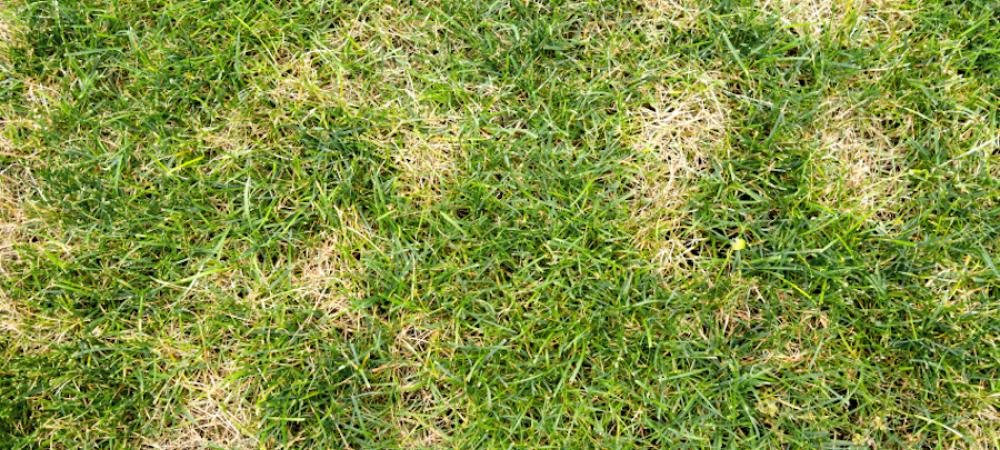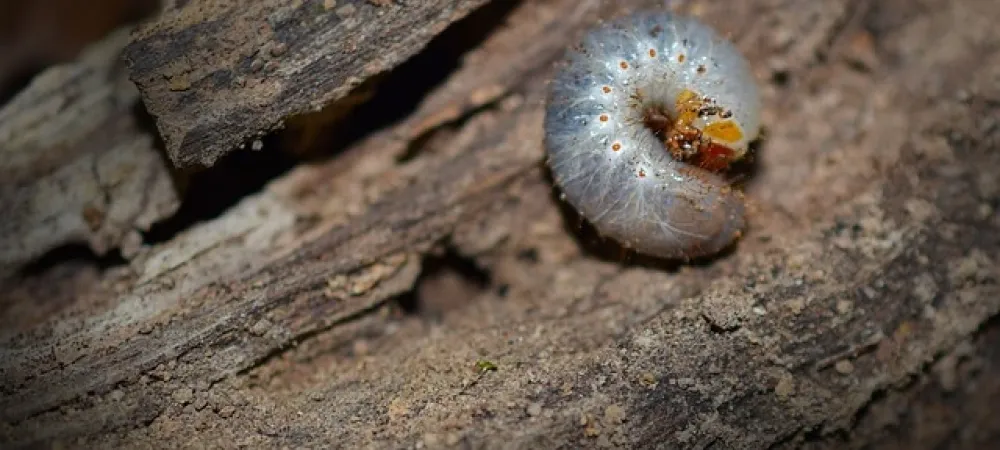
Lime plays a crucial role in maintaining soil health, but its specific functions are often overlooked. When soil pH is not optimal, lime can significantly alter its condition. We will explain how lime affects soil chemistry, its importance for plant health, and offer tips for using lime effectively.
Benefits of Lime For Soil
Lime, primarily composed of calcium carbonate, is a soil amendment used to improve garden health and stability by modifying soil properties. Here’s how lime benefits the soil:
- Neutralizes soil acidity: Most plants thrive in neutral soil. Lime raises soil pH, reducing acidity, which can unlock essential nutrients that plants and grass need to grow.
- Enhances nutrient availability: By adjusting the pH, lime helps make nutrients like phosphorus and potassium more available to plants, which can otherwise be locked in acidic soils.
- Improves soil structure: Lime can help to improve the physical structure of the soil. In clay soils, it helps aggregate soil particles, increasing aeration and improving drainage and root penetration.
- Reduces toxicities: Lime can mitigate the effects of toxic substances in the soil, such as aluminum and manganese, which become more soluble in acidic conditions and can adversely affect growth.
- Boosts beneficial microorganisms: Many soil microbes that help decompose organic matter and create humus thrive in neutral to slightly alkaline pH levels. Lime application can encourage these beneficial microbes, enhancing soil fertility.
Using lime in your gardening practices can lead to healthier soil and plants, contributing to a more productive and vibrant lawn. However, it’s essential to use lime correctly based on soil testing to ensure that you’re addressing the specific needs of your soil without causing imbalances.
When to Apply Lime to Lawn
Applying lime to your lawn is best done during fall or early spring. These seasons are ideal because:
- Fall: The cooler temperatures and natural moisture from fall rains help the lime to break down and begin adjusting the soil pH before winter. This timing allows the lime to work into the soil and start improving conditions ahead of the spring growing season. Additionally, the freeze and thaw cycles of winter help incorporate lime into the soil more effectively.
- Early Spring: Applying lime in early spring can also be effective, especially if it wasn’t done in the fall. This allows the lime to adjust the soil pH before the active growing season begins. It’s crucial, however, to apply it early enough so that the lime has time to react in the soil before peak growing season.
Regardless of the season, it’s important to ensure the lawn is not overly wet or frozen when applying lime, as these conditions can hinder its effectiveness. Always perform a soil test before application to determine the exact pH of your soil and the appropriate amount of lime needed. This ensures that you address the specific needs of your lawn without over-liming, which can lead to other soil issues.
How to Tell if Your Lawn Needs Lime
The most reliable way to determine if your lawn needs lime is to conduct a soil test. This test will measure the pH level of your soil. Most lawns thrive at a pH level of 6.0 to 7.0. If the pH is below 6.0, your soil is too acidic, and applying lime can help neutralize the acidity.
Alternatively, observe your lawn’s overall health and appearance. If the grass is yellowing, grows poorly, or has a moss buildup, it might be a sign of acidic soil. Acidic conditions can hinder the availability of essential nutrients, affecting grass health.
Can Lime Kill Grass?
Yes, lime can potentially harm or kill grass if it is misused. Over-application, direct contact, or improper timing can all lead to potential damage. To avoid potential damages, its best to contact your local lawn care professionals.
Professional Lime Treatment For Soil
Need help with lime treatments? The Green Team offers professional services tailored to the specific needs of your lawn. Our experienced team conducts thorough soil tests to determine the precise pH level and the optimal amount of lime necessary for your soil’s health. With our expert application, you can ensure your lawn receives the right care without the risks of over-application or uneven distribution. Give us a call today if you’re in the Charlotte, Roanoke, or Lynchburg areas.




